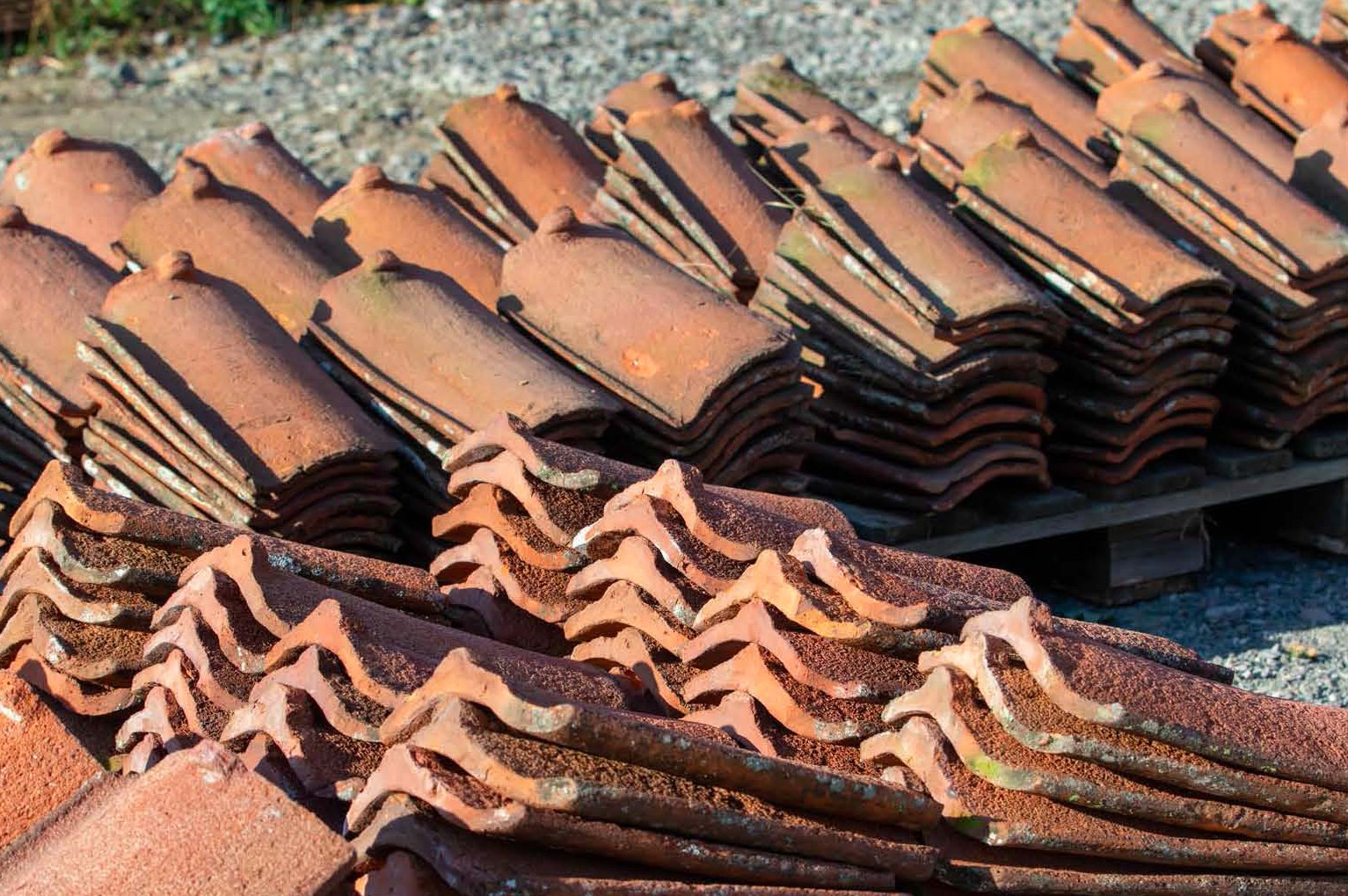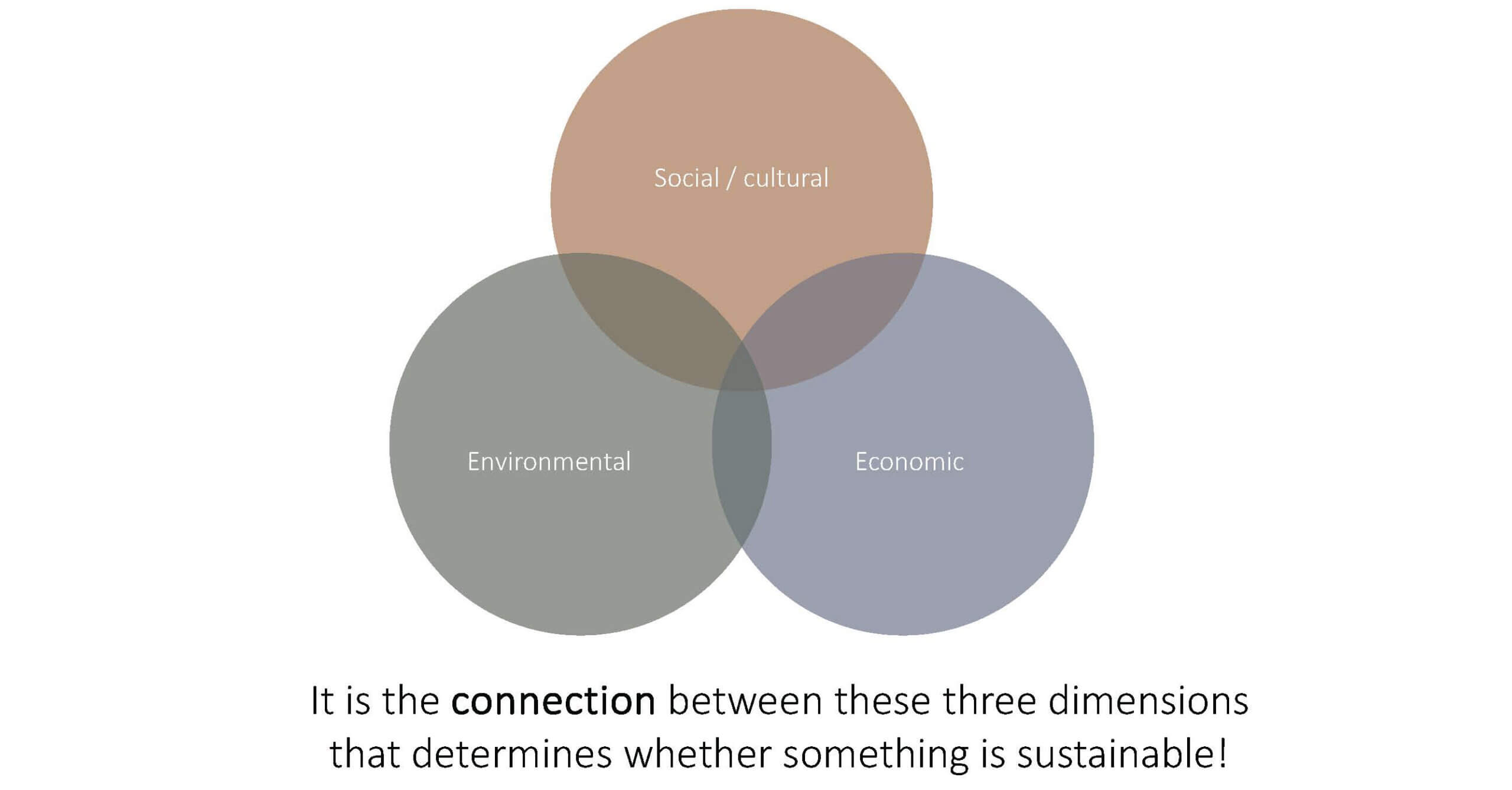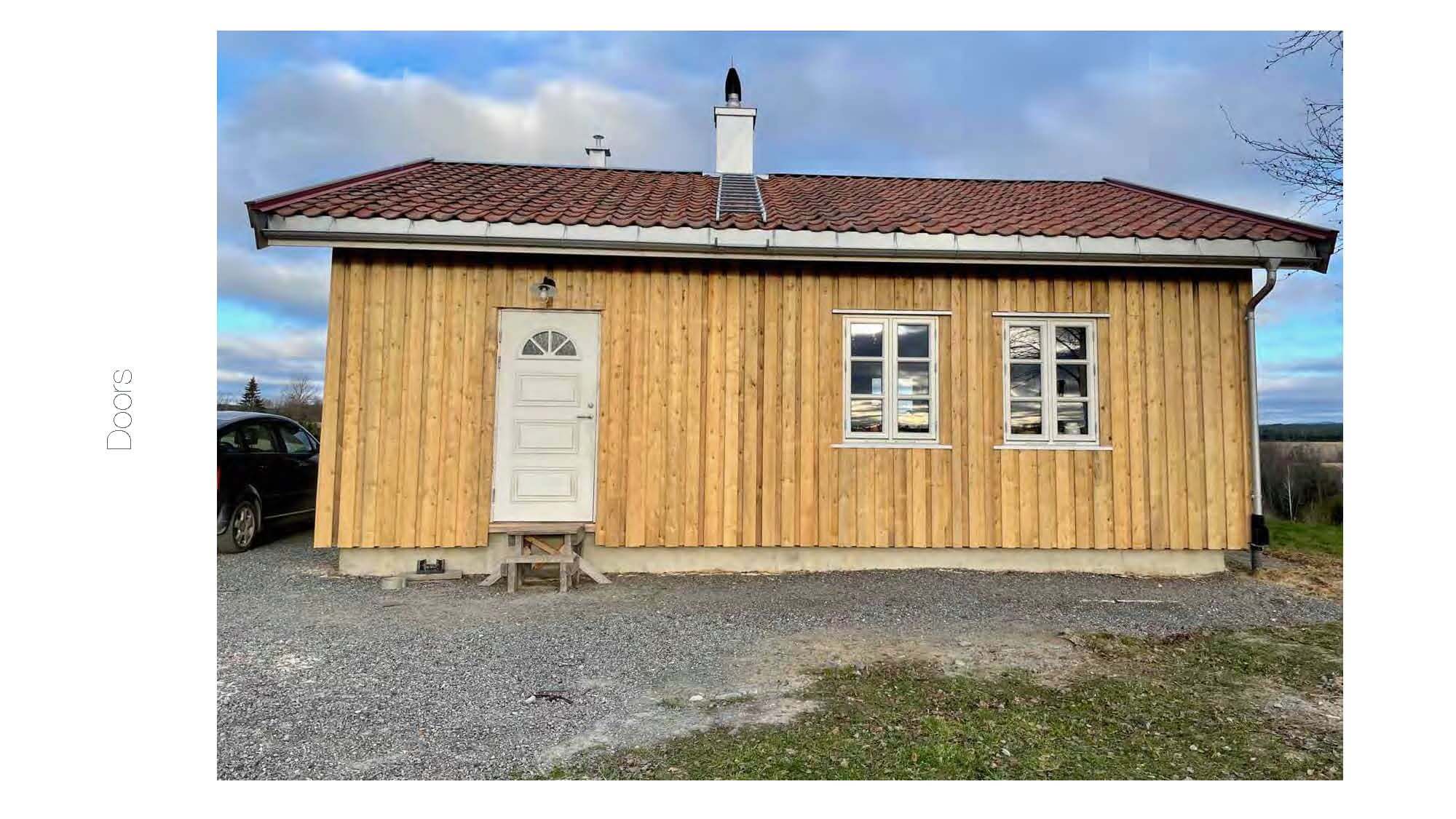The course Sustainable Design and Use of Natural and Locally Sourced Materials aimed to answer the question: How can we shape the future of the construction industry on sustainable terms?
There is not just one answer to this, but all too often new technology is mentioned as a magical solution to our climate crisis without looking at the actual possibilities that lie in the materials we already have. If we use existing resources in a sensible way, technology can be a good tool to further sustainable frameworks for our lives. But first we should be aware of what is available, the qualities of these resources, and how they can best be used in different contexts around the world. A collorary question for the course was therefore, “How can we better utilize the resources that are already present in a given place for a better overall sustainable result in planning, engineering, and construction practice?
The course was divided into two parts.
 Day 1 was devoted to Material Quality and Design. We focussed on materials qualities in different situations and how these properties can be a strength in our design and planning practice. We discussed environmental aspects, such as CO2 equivalency calculations, both built-in and operational, and social and economic aspects of harvesting, manufacturing, use, maintenance, reuse, and recycling.
Day 1 was devoted to Material Quality and Design. We focussed on materials qualities in different situations and how these properties can be a strength in our design and planning practice. We discussed environmental aspects, such as CO2 equivalency calculations, both built-in and operational, and social and economic aspects of harvesting, manufacturing, use, maintenance, reuse, and recycling.
Day 2 addressed Structures and Frameworks for Circular Architecture. We interrogated the opportunities and challenges we face within existing administrative and legal frameworks when we use natural and local materials, including recycling and reuse. We discussed how we can learn from each other, disrupt the systems that don’t work, and make it easy and preferable to choose long lasting, just, and sustainable solutions on both a global and a local scale
Students came to the course from Harvard and MIT, with a wide range of academic backgrounds and geographic origins: USA, Mexico, Yemen, India, Japan, France and China. They were all open to sharing their personal and professional experiences, so my aim to facilitate good conversations was readily fulfilled. I probably learned the most of all! And teaching is definitely something I will do more of in the future.

 Day 1 was devoted to Material Quality and Design. We focussed on materials qualities in different situations and how these properties can be a strength in our design and planning practice. We discussed environmental aspects, such as CO2 equivalency calculations, both built-in and operational, and social and economic aspects of harvesting, manufacturing, use, maintenance, reuse, and recycling.
Day 1 was devoted to Material Quality and Design. We focussed on materials qualities in different situations and how these properties can be a strength in our design and planning practice. We discussed environmental aspects, such as CO2 equivalency calculations, both built-in and operational, and social and economic aspects of harvesting, manufacturing, use, maintenance, reuse, and recycling.